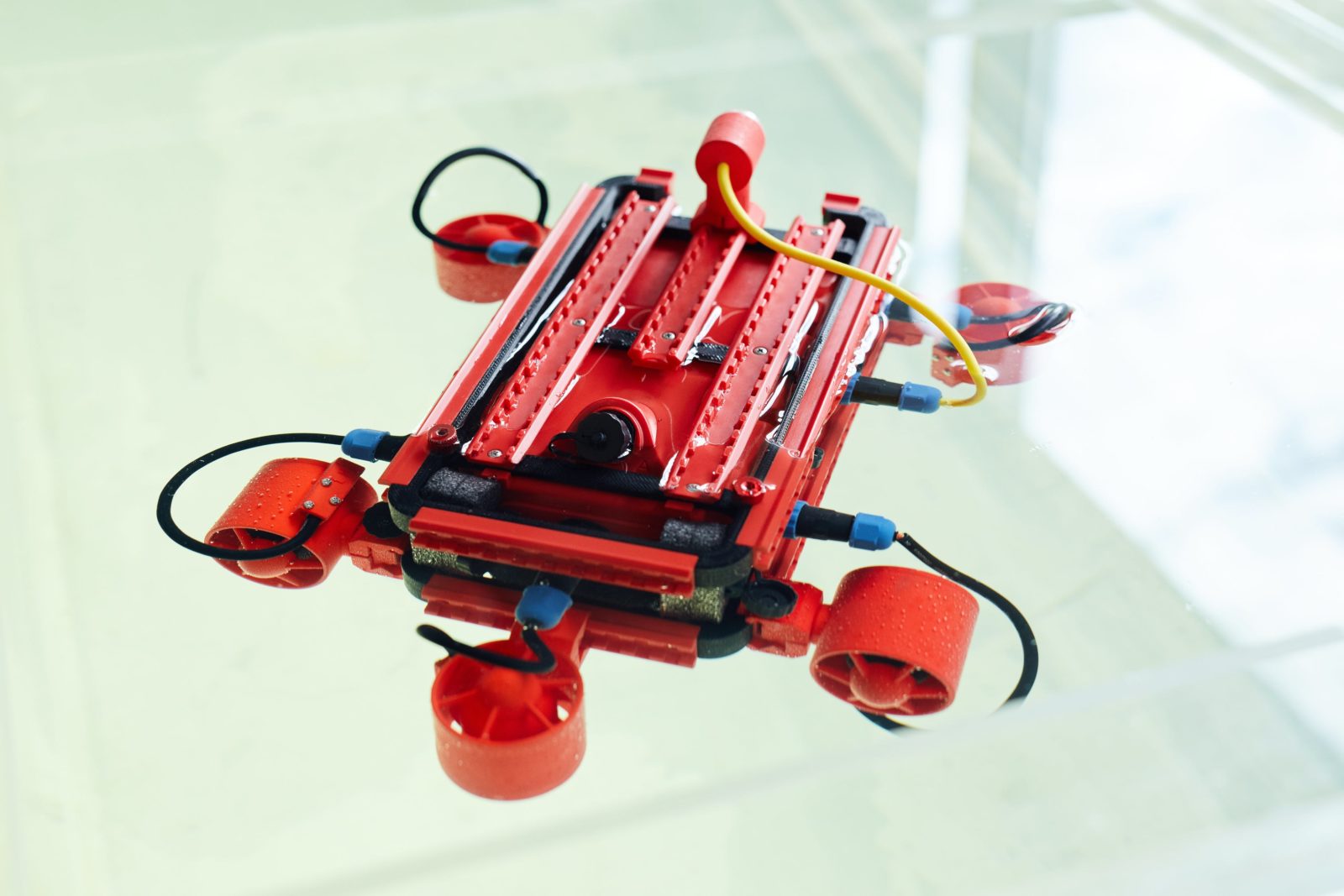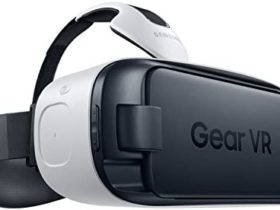3D Printing seemed to have taken the world by storm in recent years. As technology advances and the cost of 3d printers decreases, this trend shows no signs of diminishing. But how is 3D Printing being used in museums, and what can it offer our visitors?
What Is 3D Printing? How Can It Be Used?
The technique of creating a physical, three-dimensional object from a digital model is known as 3D Printing. Existing things can be scanned and recreated, or new designs can be generated.
This technology offers a wide range of potential uses. These include anything from aerospace to automotive manufacturing to medical procedures. Doctors have even approved a 3D-printed artificial arm produced by a Bristol-based company. As the cost of the technology decreases, 3D Printing becomes more accessible. 3D printers are now more affordable than ever before to purchase online.
How Can 3D Printing Be Used In Museums?
3D Printing could be a wonderful tool for museums to make their treasures more accessible. Artifact reproductions, for example, can now be made and taken outside of museums; this might pave the way for some amazing outreach initiatives.
In addition, 3D Printing can bring exhibitions to life. It can provide the museum visitor with a more tactile experience. Because it allows those with visual impairments to touch artifacts, this might be a game-changer.
Another practical application is in the sphere of environmental protection. Pieces that require special handling can be replicated; this enables a careful examination of the originals without causing any damage to them. Museums can properly store items too fragile to be displayed while a replica is created.
Artifacts that have been damaged can even be reconstructed; this is accomplished by scanning fragments and digitally reassembling them before printing a ‘fixed’ model. These can be displayed side by side in museums to give visitors a clearer understanding of how the artifact appeared before.
Many museums across the world have already used 3D Printing. Curators are investigating how it can enhance the value of their collections. Here are five instances of 3D printing initiatives in which museums have participated. These examples demonstrate the breadth and possibilities of this new technology.
Victoria and Albert Museum
The Victoria and Albert Museum has a long history of collaboration with Great Ormand Street Hospital for Children. Interaction with art and art initiatives is an important aspect of improving the patient experience at the hospital. Both employees and patients experience less stress and anxiety due to it. In April 2018, the V&A collaborated on a new project with GOSH Arts. Some sculptures were 3D printed and transported from the museum to the hospital.
The study worked with youngsters waiting for bone marrow transplants in an isolation ward. Contact with others is limited due to the nature of the treatment. For young patients, this can be extremely frustrating.
Museum staff took 3D scans of the sculptures to the children’s bedsides using Windows tablets. The digital models allowed patients to engage with them and use them as a starting point for their designs. After that, the completed projects were printed in 3D in the playroom for the kids to view and feel.
“Taking the museum out of the walls of South Kensington to those who can’t visit is so crucial for ensuring that culture and our collections are accessible to everyone,” said Alex Flowers of the V&A.
“Hospital visits may be stressful for both patients and their families, so we want to provide a meaningful distraction and involvement by bringing in creative activities.”
The Metropolitan Museum of Art
The Metropolitan Museum of Art has aggressively encouraged people to interact with its collections digitally. Visitors can photograph museum exhibits and subsequently turn them into digital models.
The Metropolitan Museum of Art even has a tutorial explaining how to accomplish it. The article suggests which software to use and directs readers to online tutorials. They also go over how to buy a 3D printer or kit and how to use a 3D printing service.
The Met’s collection now has over 70 3D models available online for those who don’t want to try producing their scans. Sculptures, statues, and furniture all fall into this category. The public is welcome to download them and interact with them as they see fit.
They can experiment with or redesign them as part of their creative process. Even though most people will not have a 3D printer, numerous companies offer 3D Printing on demand. The Metropolitan Museum of Art has always invited artists to engage with and reinvent its collection. In 1872, they were the first to allow painters to recreate masterpieces of art on display.
Although this project employs modern technology, the concept remains the same. “We urge everyone to use our content, which symbolizes the world’s cultural history, to develop their own creative works,” the Met said in the introduction to the online collection.
The Science Museum
In the medical field, 3D Printing has already had a significant impact. Organs, artificial limbs, and even reconstructive surgery could benefit from 3D Printing. The Science Museum acquired several intriguing new artifacts on exhibit in 2019 as part of the museum’s new Medicine Galleries.
As part of an innovative kidney transplant technique, Guys and St. Thomas Hospital physicians developed a 3D-printed kidney model in 2016. Lucy Boucher, three years old, required a kidney transplant, and her father agreed to donate one. The museum scanned both the healthy kidney and Lucy’s abdomen in 3D.
The difficult operation is given an extra layer of safety thanks to the 3D models. They aided surgeons in deciding where to make the incision and how well the kidney would fit. Seeing the models allowed the family to learn more about the surgery.
Lucy and her family have now donated the 3D models they created to the Science Museum. As part of the Medicine Galleries, the models will assist the Science Museum in telling a story.
Organs and body parts printed in 3D may be a fascinating addition to medical collections like this. Things inside the body can appear more real and intelligible when you see 3D models.
The Manacor Museum of History
The Manacor Museum was founded in 1908 and is located on the island of Mallorca. The museum’s collections include prehistoric, anthropological, and industrial artifacts. They improved the way they are presented to visitors by using 3D Printing.
They opened a new display in July 2018; this was made up of 3D printed models from their archive. There were a total of 12 pieces on display; this meant that visitors could now touch artifacts that were previously behind glass.
The exhibition encouraged visitors to interact with the 3D models by allowing them to grasp and feel them. The exhibition is no longer on display, but the 3D models can be viewed online from anywhere in the world.
Such projects can help individuals engage with objects on a deeper level and better understand them. The ramifications for those who are blind or visually challenged are also exciting.
The Semitic Museum
The usage of 3D Printing in conservation could have tremendous repercussions. Artifacts that have been shattered by conflict, elements, or simply due to the passage of time might be painstakingly reassembled. 3D Printing provides researchers and the general public an idea of how things might have appeared.
Two Semitic Museum archaeologists utilized 3D modeling and Printing to replicate a porcelain lion in 2012. During a battle in the ancient Mesopotamian city of Nuzi 3,000 years ago, the original sculpture was broken. The fragments are kept in the museum’s collection. These were meticulously captured from a variety of perspectives.
After that, the photos were combined to make a digital model. The model has several gaps because the fragments were not complete. This necessitated scans of whole statues discovered in the same place. They could make a 3D printed version for display after digitally recreating it.
Which is an example of how contemporary technology may aid in preserving history. It can fill in the blanks and generate a complete image. “3-D imaging [with] or without printing is a fantastic way to research, conserve, share, and teach utilizing items,” said Joseph Greene, one of the project’s archaeologists.
Downsides of 3D Printing For Museums
We’ve found that several museums already have 3D projects that have a beneficial impact. There are, however, certain potential drawbacks to consider. The concerns of copyright and authenticity are particularly problematic.
The technology can easily make copies at a high rate; this means that replicas might be mass-produced in large quantities, potentially at the expense of the original. Another consideration is that the materials utilized are not identical to the originals. Although being able to touch 3D models of artifacts can be a valuable experience, they are frequently built of less expensive materials.
As a result, they may be unable to convey the exact feel of the original. Visitors will be able to come closer to the artifacts than they have ever been before, but will the essence of the items be lost in translation?
3D Printing Has a Lot to Contribute
Overall, there are many advantages to taking advantage of this new technology. It enables museums to make their holdings more accessible to a wider audience. Visitors who are blind or visually handicapped can freshly enjoy exhibitions.
Curators may carry 3D models to schools, hospitals, retirement homes, and other locations. This will allow the museum to reach out to people who might not otherwise visit. 3D Printing can also add to the preservation and security of collections.
Education, conservation, and research can all benefit from this technology. When combined with current technologies and experience, 3D Printing can significantly enhance the value of a museum’s collection.
Do you know the best legal technology trends of 2022? Visit this blog post to learn about the best legal technology trends.











Leave a Reply